Vietnam has exceeded its target of welcoming 8 million international visitors in 2023, but experts say "it is difficult to say that tourism this year has been a great success".
The total number of international tourists this year is estimated at 12.5 million, far exceeding the target set at the beginning of the year of 8 million and reaching the adjusted target of 12.5-13 million in October. The number of domestic tourists is estimated at 108 million, exceeding the plan at the beginning of the year by 5.8%. Total tourism revenue is estimated at VND672,000 billion, exceeding the plan by 3.38% and equal to 93% compared to 2019, according to data released by the National Tourism Administration on December 21.
According to Deputy Director of the Tourism Department Pham Van Thuy, the image of Vietnamese tourism has been enhanced and positioned more clearly on the world map this year. The competitiveness of Vietnamese tourism continues to improve. At the 2023 World Travel Awards, Vietnam was honored as "Leading Heritage Destination". Many Vietnamese cities and businesses received awards in many other prestigious categories.
Vietnam has achieved its set goals and won many international awards, but according to many experts, "it is difficult to say that tourism this year has been a great success."
In a meeting on March 15, Prime Minister Pham Minh Chinh commented that "Vietnam's tourism is ahead of the curve" as Vietnam opened earlier than many countries in the region but has not been successful in attracting international visitors.
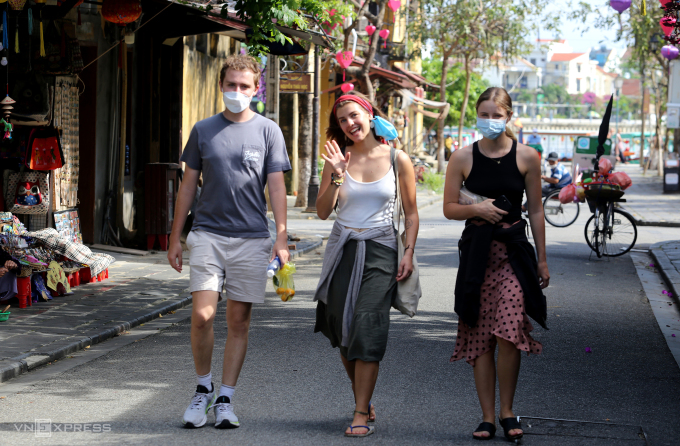
American tourist group visits Hoi An in April 2022. Photo: Dac Thanh
According to Mr. Nguyen Tien Dat, CEO of AZA Travel and Vice President of the Capital Tourism Club, the number of international visitors and revenue are considered "measures of success" for most countries' tourism industries. "International visitors bring foreign currency, making an important contribution to the country's GDP," Mr. Dat said. In 2019, the golden year of Vietnamese tourism, there were 18 million international visitors and 85 million domestic visitors. Total revenue from tourism reached more than VND726,000 billion, directly contributing 9.2% of GDP. Of which, total revenue from international visitors reached VND421,000 billion, accounting for 55.7%, according to the National Tourism Administration.
Although Vietnam has set a target of welcoming 8 million international visitors, 1.6 times higher than the total of 5 million visitors in 2022, Mr. Dat said that we need to look at the recovery index compared to before the pandemic to evaluate success. If set by this reference, Vietnam aims to recover by 44% compared to 2019. "That number is low," Mr. Dat said.
Meanwhile, Malaysia has fully recovered from pre-pandemic levels, reaching 26 million international visitors in 2023. Thailand welcomed more than 23 million visitors in 11 months and aims to recover 75% compared to the same period in 2019, according to the Tourism Authority of Thailand.
"We are behind Thailand and Malaysia in terms of recovery compared to before the pandemic," said Lux Group CEO Ha Pham, an expert in the luxury tourism industry.
Mr. Ha said that Thailand and Malaysia "have good recovery strategies", while tourism and hotel businesses in Vietnam "have gone through a gloomy year". "We lack short, medium and long-term strategies", Mr. Ha said.
In 2022, domestic tourism will boom thanks to "revenge tourism". According to Mr. Dat, revenge tourism last year had 3 types of customers: those who were frustrated because they had to stay at home for too long during the pandemic, customers who went to pay off debt, and MICE customers. Customers who went to pay off debt were those who had booked tours in 2020 but could not travel due to the outbreak. Therefore, when Vietnam opened tourism in March 2022, a large number of customers who went to pay off debt rushed to travel. In 2022, service companies "revenue" from this number of revenge tourists, according to many businesses in the industry.
In 2023, the number of domestic tourists will exceed 2022, but the number of tourists on tours will decrease sharply due to the global economic recession. Tourists will travel independently or buy part of a tour such as a room and hotel combo. Instead of traveling long distances, tourists will choose day trips, short trips and nearby destinations. Travel spending will also be more economical. Businesses in the service sector will face difficulties due to the sharp decrease in the number of tourists. A tourism expert from the Hanoi Tourism Club revealed that the number of tourists on tours at many travel companies has decreased by up to 50% compared to 2022.
"If we talk about the achievements of Vietnamese tourism this year, it is probably the visa policy," said Mr. Ha.
The government has supported the tourism industry by issuing e-visas to citizens of countries and territories. The e-visa validity has been increased from 30 to 90 days, with unlimited entries and exits from August 15. Citizens of countries that Vietnam unilaterally exempts from visas have their temporary stay period increased from 15 to 45 days; they are considered for visa issuance and temporary stay extension according to regulations.
According to Mr. Ha, Vietnamese tourism "has been very regrettable" in not being able to make the most of policies to attract visitors and increase their spending. "We should have kept visitors longer and made them spend more money," Mr. Ha said.
According to Mr. Dat, the most regrettable thing for the tourism industry in the past year is that it missed the opportunity to promote Vietnam as a "must-visit place after the pandemic" to international visitors. After the pandemic, people will prioritize domestic tourism, followed by nearby, safe destinations with open policies. "Vietnam should have promoted itself as a friendly and safe destination as well as relaxed visa policies so that international visitors would choose Vietnam as the first country to travel to again," said the CEO of AZA Travel.
To be more effective, Mr. Dat believes that the tourism industry needs to open more promotion and advertising centers in key markets such as the top 10 destinations sending the largest number of visitors to Vietnam. "Thailand is doing this very well with 29 representative offices around the world," Mr. Dat commented. These offices have the function of researching the preferences of tourists in each source market, thereby helping the country orient the necessary products and attract a large number of visitors.
"We also need to promote tourism effectively and intelligently," Mr. Dat added. Vietnam should choose different forms of promotion in each market. "American tourists' needs are different from Western European tourists', Japanese tourists' tastes are different from Korean tourists'," Mr. Dat said.
Currently, Vietnam's tourism promotion campaign to the international market is still considered "blurred" and "lacking in appeal". Most international visitors to Vietnam do not come through official promotion channels but through social networks and reviews by KOLs (people with influence on the internet). "Many of my customers say that they know about Vietnam or this or that famous place in the provinces and cities thanks to watching videos that other people have posted after returning from their trip," Mr. Dat shared.
In addition, high-quality human resources in the tourism industry is also an urgent issue that needs to be solved. After the pandemic, many people who have worked in the industry for a long time have changed jobs, leading to a shortage of human resources and low quality human resources due to a large number of new recruits.
“We also need to restructure the market,” Dat said. Vietnam needs to reposition its brand so that tourists know it as a luxury destination, rich in culture and heritage, instead of a cheap destination. Re-segmenting customers is also the next thing to do.
Chinese visitors to Vietnam in 2019 accounted for more than 30% of the total 18 million international visitors. However, most of them took zero-dollar or low-cost tours, which did not generate much revenue for Vietnamese tourism. After the pandemic, Vietnam needs to target high-end, high-spending Chinese tourists.
According to experts, zero-dollar tours should be limited or eliminated. One of the consequences of this type of tour is that tourists are taken shopping more than to sightseeing spots, leaving them with little impression of Vietnam and not wanting to return.
In addition, Vietnam also needs to manage destinations well; attract visitors from new and wealthy markets such as the Middle East, New Zealand, Australia, and Northern Europe; plan to develop the night-time economy effectively; and create new tourism products with regional characteristics. Director of the Asian Tourism Development Institute Pham Hai Quynh said it is necessary to promote the development of products to gradually eliminate the seasonal tourism perspective.
For Mr. Ha, the most important thing now is "to have a conductor to unify tourism" and soon come up with a strategy for next year. "Thailand has outlined a clear strategy for next year since November. We still do not have a strategy, nor do we know which tourist market to focus on next year, which makes many businesses worried," said Mr. Ha.
Phuong Anh
Source link






























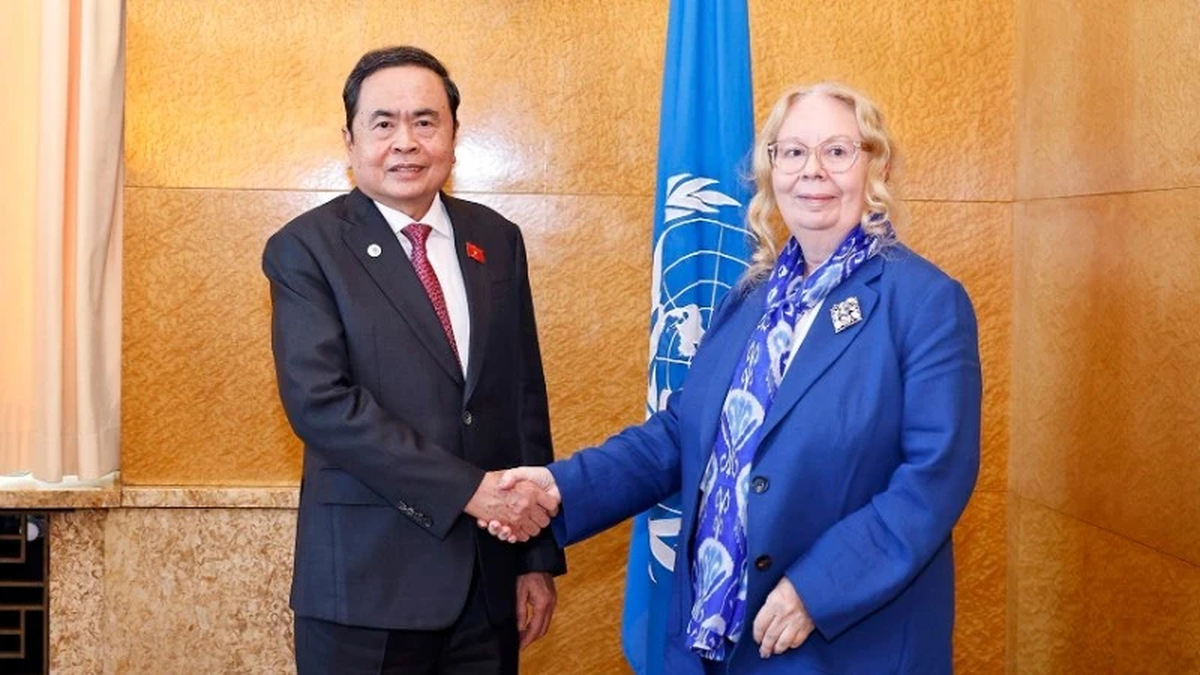
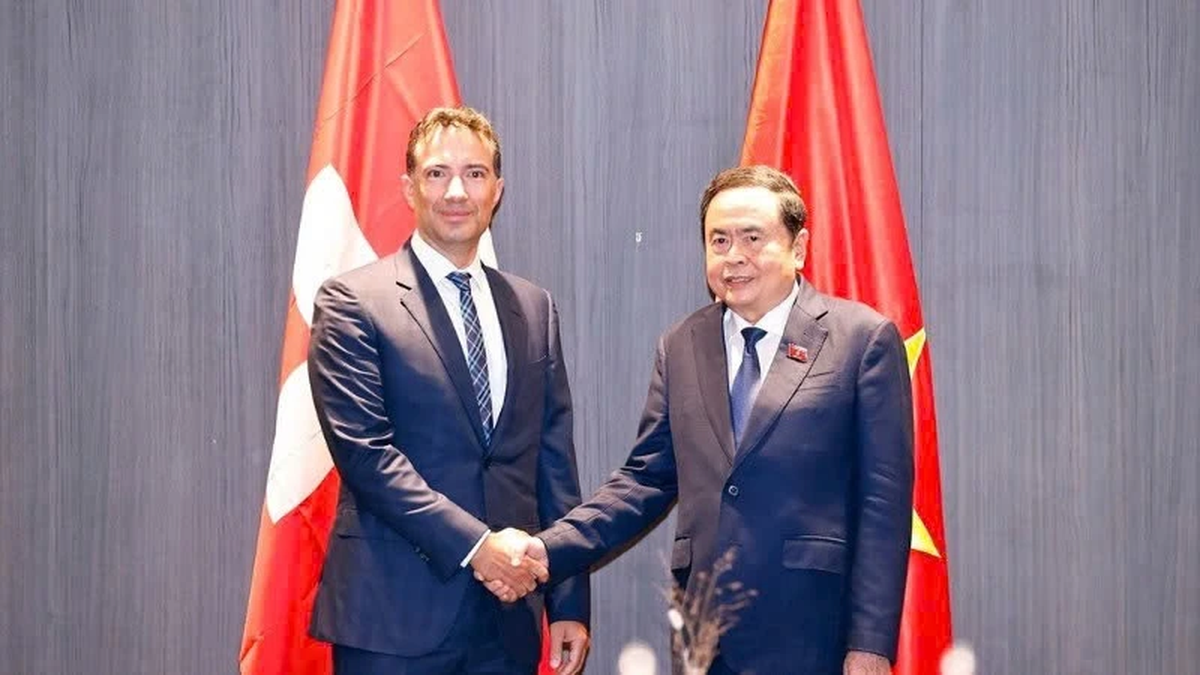




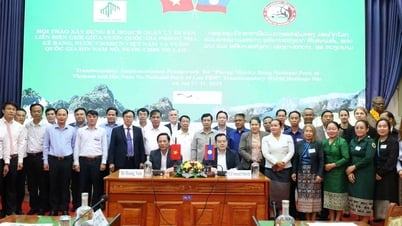



















![[Maritime News] Container shipping faces overcapacity that will last until 2028](https://vphoto.vietnam.vn/thumb/402x226/vietnam/resource/IMAGE/2025/7/30/6d35cbc6b0f643fd97f8aa2e9bc87aea)












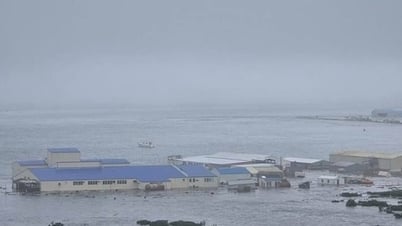





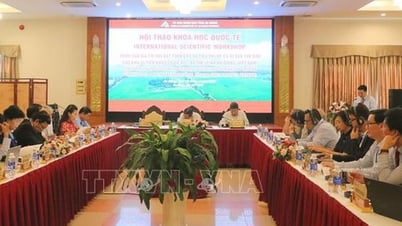

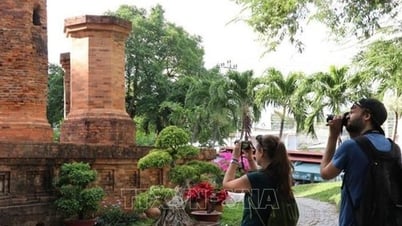








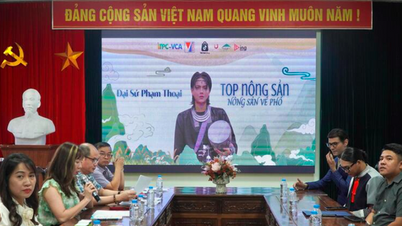



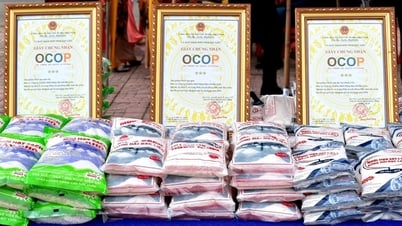
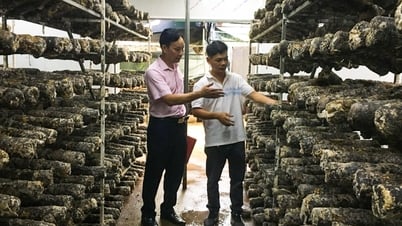

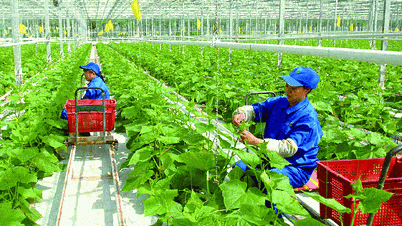





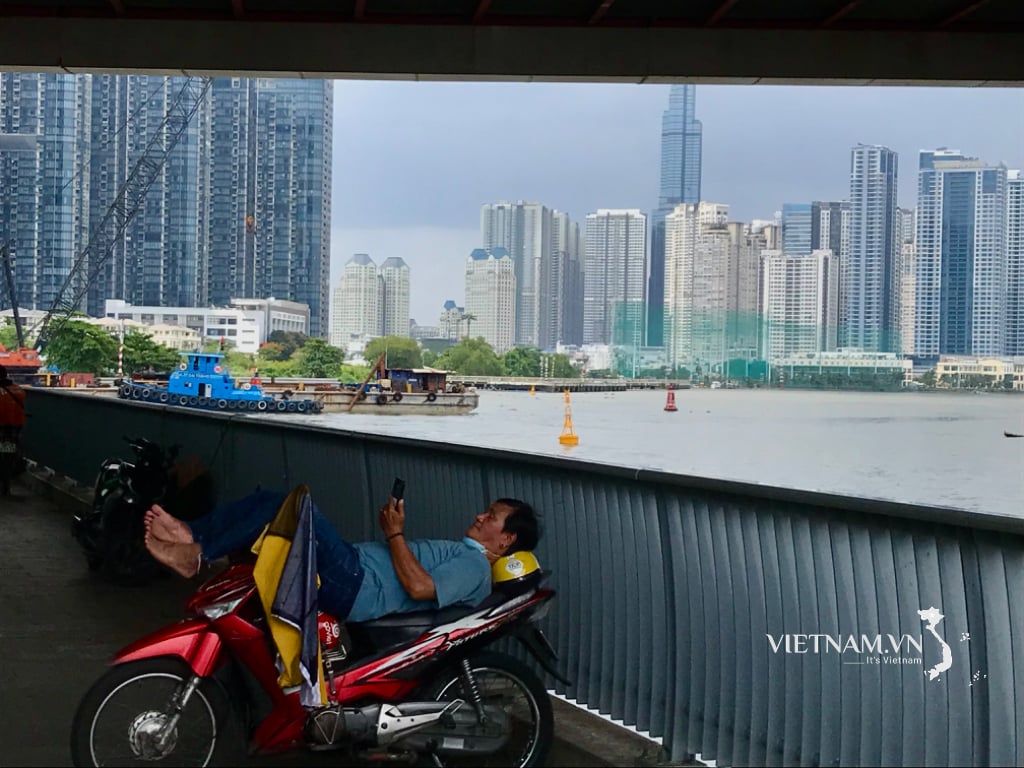


Comment (0)